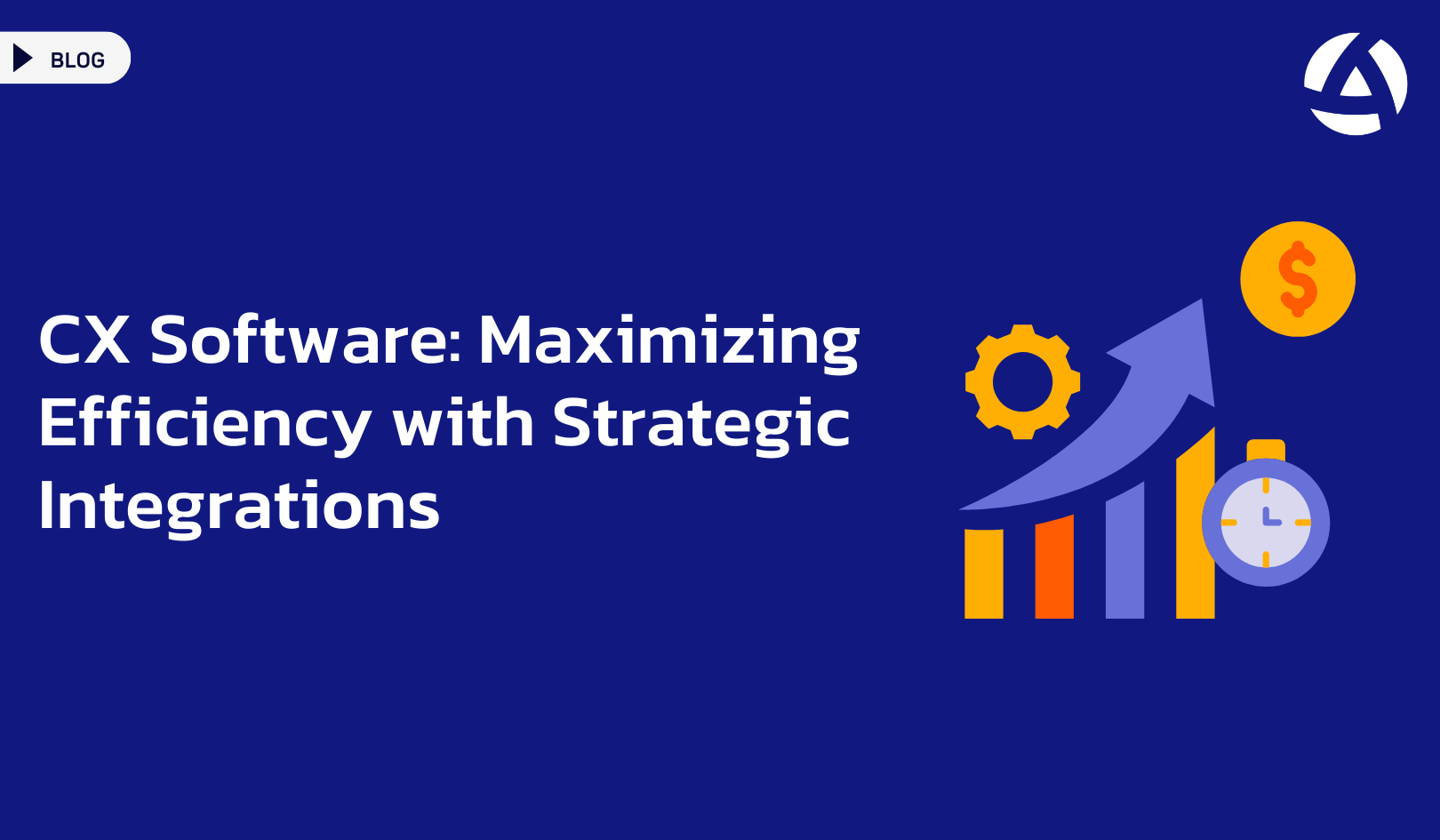Integrations are an essential component of modern CX software, bridging the gap between various platforms and systems to create a seamless customer experience. As businesses grow and technology evolves, integrating multiple tools into a unified platform has become necessary for maintaining a competitive edge. CX software that supports integrations can provide a comprehensive view of customer interactions, streamline processes, and enhance overall efficiency.
The Importance of Integrations in CX Software
Integrating different tools within a CX software platform allows businesses to gather and analyze data from multiple sources, providing a holistic view of customer interactions. This consolidated approach helps organizations make informed decisions based on accurate, up-to-date information. By connecting various systems, companies can automate tasks, reduce manual work, and improve response times, ultimately enhancing the customer experience.
Benefits of integrations in CX software include:
- Unified Data: Combining data from different platforms creates a complete view of customer interactions, enabling better insights and decision-making.
- Automation: Automating routine tasks and processes saves time and reduces errors, allowing teams to focus on more strategic activities.
- Improved Communication: Integrating communication tools ensures consistent messaging and faster response times, enhancing customer satisfaction.
Enhancing Operational Efficiency with Integrations
Integrations within CX software streamline workflows by enabling different systems to work together seamlessly. This integration facilitates data sharing and reduces the need for manual data entry, which can be time-consuming and prone to errors. When systems are integrated, data flows smoothly between them, reducing bottlenecks and ensuring that all team members access the most current information.
For instance, integrating a CRM system with CX software allows sales and support teams to access customer information in real time, leading to more personalized and efficient interactions. This level of integration ensures that every customer touchpoint is informed by a comprehensive understanding of the customer’s history and preferences.
Types of Integrations That Enhance CX Software
CX software can support various integrations to address different aspects of customer experience. These integrations can include:
- Customer Relationship Management (CRM) Systems: Integrating with CRM systems allows for a seamless flow of customer data between sales, marketing, and support teams, ensuring all departments have access to up-to-date customer information.
- Email Marketing Platforms: Integrating with email marketing tools helps automate and personalize communication with customers, enhancing engagement and retention.
- Social Media Management Tools: By integrating social media tools, businesses can manage and monitor customer interactions across multiple channels, ensuring consistent messaging and quick responses to inquiries or feedback.
- Analytics and Reporting Tools: Integrating with analytics tools provides a deeper understanding of customer behavior and preferences, enabling data-driven decisions and more effective strategies.
Choosing the Right Integrations for Your CX Software
Selecting the right integrations for your CX software depends on your business needs and goals. It’s essential to evaluate the specific requirements of your organization and identify the tools that will best complement your CX software platform.
Factors to consider when choosing integrations include:
- Compatibility: Ensure the tools you select are compatible with your existing systems and can be integrated smoothly without extensive customization.
- Ease of Use: Choose integrations that are user-friendly and require minimal training for your team.
- Scalability: Select tools that can grow with your business and support future expansion.
- Support and Maintenance: Consider the level of support and maintenance required for each integration to ensure ongoing reliability and performance.
Future-Proofing Your CX Strategy with Integrations
As customer expectations continue to evolve, businesses must be agile and responsive to stay ahead of the competition. Integrating various tools into a unified CX software platform ensures your organization can adapt to changing customer needs and preferences. By leveraging integrations, companies can create a seamless and personalized customer experience, fostering loyalty and driving growth.
Investing in a CX software platform that supports integrations is a strategic move that can enhance your business’s agility, efficiency, and overall customer satisfaction. With the right integrations, your CX strategy will be well-equipped to handle future challenges and capitalize on new opportunities, ensuring your business remains competitive in an ever-changing marketplace.




